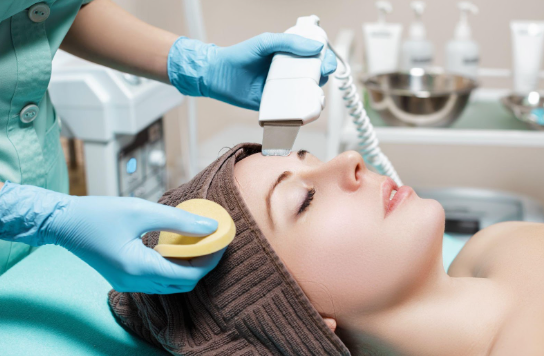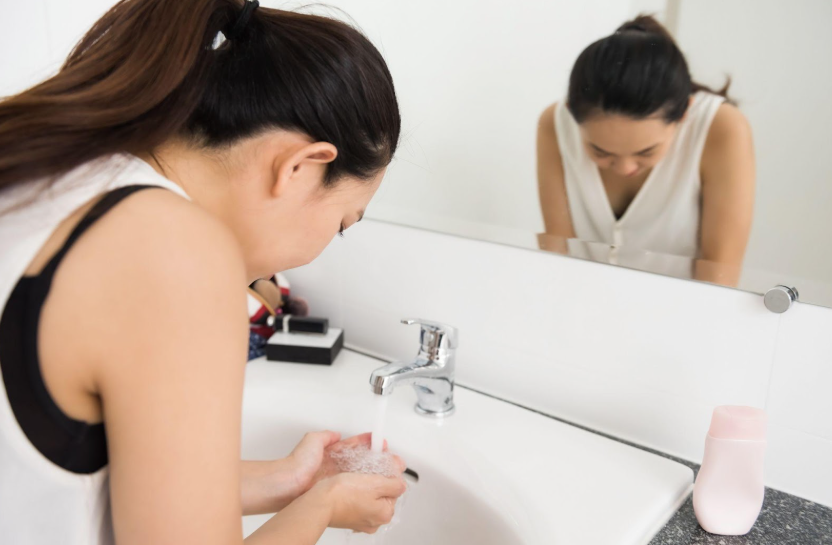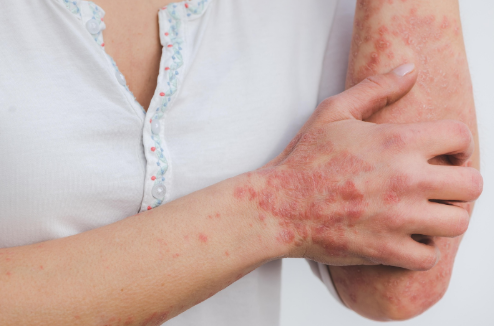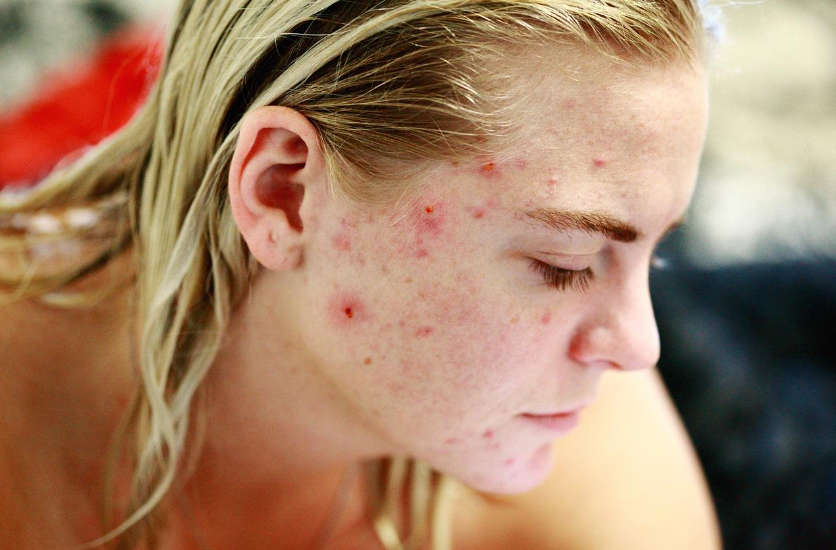The Long & Short About Nails - Nail Health
Dr. Eugene Conte • July 5, 2017

Nails in good condition can be very attractive. They also reflect an individual’s personal habits both good and bad. Aside from their cosmetic appeal, nails serve many important functions. They help us pick up and manipulate objects and support the tissues of the fingers and toes. Most importantly, nails often reflect our general state of health.
Nail’s More than Meets the Eye
Nails are produced by living cells in the fingers and toes. They are composed primarily of what is known as keratin, a hardened protein also found in skin and hair.
The nail itself consists of several different parts, including:
- Nail Plate: The visible part of the nail on fingers and toes.
- Nail Bed: The skin beneath the nail.
- Matrix: The area under the cuticle, the hidden part of the nail unit where growth takes place.
- Lunula: This is part of the matrix and is the whitish, half-moon shape at the base of nail, usually most pronounced on the thumb.
- Cuticle: The tissue that overlaps the nail plate and rims the base of the nail.
- Nail Folds: The folds of the skin that frame and support the nail on three sides.
Nails, like hair, grow from the matrix. As older cells grow out, they are replaced by new ones that are compacted and take a hardened form. The average growth rate for nails is 0.1mm each day, individual growth rates depend on age, time of the year, activity level, and heredity. Fingernails grow faster than toenails. Nails also grow more rapidly in the summer than in the winter. Nails on a person’s dominant hand (right vs. left) grow faster, and nails grow more quickly than women’s, except possibly during pregnancy and old age. Nail growth is affected by disease, hormone imbalance, and the aging process.
Common Nail Disorders:
Due to their exposed location, nails take a lot of abuse. Nail disorders comprise 10% of all skin conditions.
It is beyond the scope of this article to discuss some of the more common nail problems such as trauma, white spots, splinter hemorrhages, ingrown nails, fungal , bacterial infections, tumors warts and psoriasis.
Nails are a Window on Health
The nails can reveal much about a person’s overall health. Many systemic diseases and serious conditions can be detected by changes in the nails. Most doctors will check the nails carefully during a physical examination. The most common health conditions I see as a Dermatologist and their effect on the nails are listed below:
- Liver Disease: May cause white nails.
- Kidney Disease: Half of the nail is pink and half of the nail is white.
- Heart Conditions: The nail bed is very red.
- Lung Diseases: Yellowing and thickening of the nail and slowed growth rate.
- Anemia: The nail bed appears very pale in color.
- Diabetes: A slight blush at the base of the nail.
Nail Care
Since many nail disorders result from poor nail care, developing good nail habits early will help keep them healthy. Remember the following tips:
- Keep nails clean and dry. This helps keep bacteria and other infectious organisms from collecting under the nail.
- If toenails are thick and difficult to cut, soak them in ward salt water (one teaspoon to a pint of water) for five to ten minutes and apply a 10% Urea cream that is available at drug stores without a prescription. Trim the nails as usual.
- Do not remove the cuticle. It will allow infection to develop.
- Use a “fine” textured file to keep nails shaped and free of snags.
- Avoid biting fingernails.
- Avoid “digging-out” ingrown toenails, especially if they are already infected and sore. Seek treatment.
- Report any nail irregularities to your Dermatologist. Nail changes, swelling, and pain could signal a serious problem. A vertical black or brown streak, especially if new, should be reported to your Dermatologist. This is especially important in an adult with a single nail streak and /or pigment in the cuticle area (Hutchinson’s sign). This can also be due to a benign mole, hemorrhage from trauma, or a fungal infection. Nail disease can be the “great masquerader “don’t be fooled. Have any changes evaluated by a Dermatologist.

Your skin, the body's largest organ, is a vital indicator of your overall health. Changes in its appearance can signal underlying medical conditions that may require attention. Whether it’s ensuring you’re getting the right nutrients, managing stress, or seeking professional care, being attuned to what your skin tells you makes it easier to stay on top of your health.

Achieving healthy, glowing skin begins with an effective cleansing routine. However, small mistakes can disrupt your skin’s natural balance, leading to irritation, breakouts, or premature aging. Avoiding these common errors and incorporating advanced techniques can significantly impact your skincare journey.

You’ve likely felt it in your life: that uncomfortable feeling of tightness, flakiness, and sometimes even itchiness that can make your skin look and feel less than its best. But what exactly causes dry skin, and how do you treat it? Don’t fret because we’ve put together some treatment tips that can help your dry skin regain its moisture.








